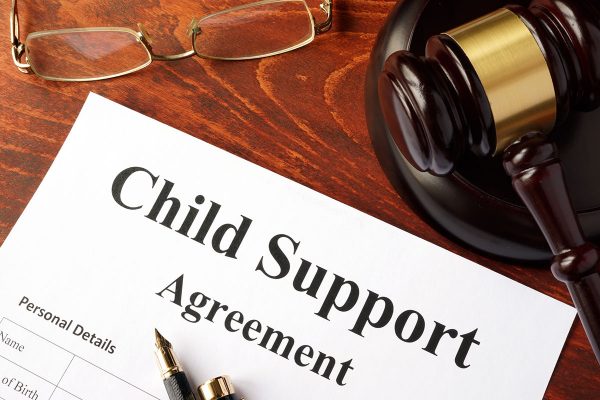
Who is a Parent: Part Two – Child Support
Article
How does the Family Law Act in relation to Child Support work where artificial conception or surrogacy has led to the birth of a child?
Read More
Many would say – mums and dads who raise a child as their own, whether or not biologically? Certainly, where a couple is married, living together, or named on a birth certificate, a presumption of parentage arises under the Family Law Act 1975 (Cth) (“FLA”).
Ever changing societal values, such as divorce becoming socially acceptable, and the legal recognition of marriage for same-sex couples, have seen the “traditional” family of married mother and father, with biological children, evolve into a number of common family arrangements. Technological advancements and increased availability of medical services and facilities for artificial conception have also contributed to the different family structures.
It is not uncommon for families to be ‘blended’, consisting of step-parents and step-children. Perhaps a mother and father who have children from a previous relationship have re-partnered, and have another child, introducing half-siblings into their blended family. It is also not unusual to see families today that consist of two mums or two dads, who may have adopted a child, or where only one of the parents is biologically related to the child, utilising artificial conception on themselves or with a donor and/or surrogate arrangement. The availability for artificial conception also means in heterosexual couples one parent may have no biological relationship to their child.
On one hand, where a sperm or egg donor is unknown, it may be presumed that an anonymous donor does not expect to be a part of a child’s life. Similarly, a surrogacy arrangement may specify in a legal agreement that the surrogate mother waives any participation in the child’s life.
On the other hand, a known sperm or egg donor, or known surrogate mother, may have had an initial agreement with the intended parents named on the child’s birth certificate as to the extent of their involvement in the child’s life.
Unfortunately, differences as to how to raise and parent a child may arise, or conflicts may occur, and the court can be asked to make parenting orders for time and communication with the child under the FLA. Scenarios like this require the court to determine who is a parent, or, where a finding of parentage is not available under the law, whether a person is concerned with the care, welfare or development of the child.
Where a same-sex couple’s relationship has broken down, and the court is asked to make parenting orders, the non-biological parent may be required to undergo the exercise of being deemed a parent, or alternatively, a person concerned with the care, welfare and development of the child, in order to obtain parenting orders.
The main difference is that the presumption of equal shared parental responsibility only applies to “parents”, meaning, where there is one “parent” and one “person concerned with the care, welfare or development of a child”, the presumption of parental responsibility being shared equally will not apply. A person concerned with the care, welfare and development of a child may apply for an order for equal shared parental responsibility so that long-term decisions about the child must be made jointly between themselves and the parent. The court will only make such an order if it is in the best interests of the child.
The FLA was amended in 2006 and the definition of a parent under section 60H was expanded:
Where genetic material was donated by someone other than the woman and the other intended parent, the child is not the donor’s child. It is presumed a person consented to artificial conception unless the person denying consent proves, on the balance of probabilities, they did not consent.
Where a child has been born under a surrogacy arrangement, and parents have successfully applied for an order such as adoption under their State or Territory law, section 60HB directs the court to recognise such Orders that one or more persons are a parent of the child.
Gaps currently exist in the Family Law context in relation to children who are born from artificial conception where a woman and other intended parent are not married or in a de facto relationship at the time of conception and/or birth; in relation to same-sex male couples, and with the omission of step-parents entirely. Part Two will look at who is a parent in the context of Child Support.